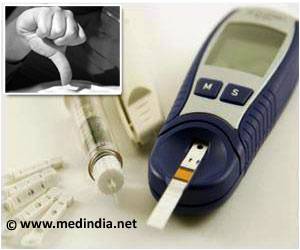During type-1 diabetes, the T-cells attack pancreatic beta cells -- which make the insulin essential for control of blood sugar levels.

‘Germs could play a role in the development of Type-1 diabetes by triggering the body's killer-T-cells to destroy beta cells that produce insulin.’





Previous research has shown that killer T-cells - a type of white blood cell that normally protects us from germs - play a major part in type-1 diabetes by destroying insulin producing cells, known as beta cells. "The study identified part of a bug that turns on killer T-cells so they latch onto beta cells. This finding sheds new light on how these killer T-cells are turned into rogues, leading to the development of type-1 diabetes," said lead author Andy Sewell, professor at Cardiff University in Britain.
These killer T-cells are strongly activated by some bacteria.
During type-1 diabetes, the T-cells attack pancreatic beta cells -- which make the insulin essential for control of blood sugar levels.
When beta cells are destroyed, patients have to inject insulin every day to remain healthy.
Advertisement
The research, published in the Journal of Clinical Investigation, provides a first ever glimpse of how germs might trigger killer T-cells to cause type-1 diabetes, but also points towards a more general mechanism for the cause of other autoimmune diseases.
Source-IANS














